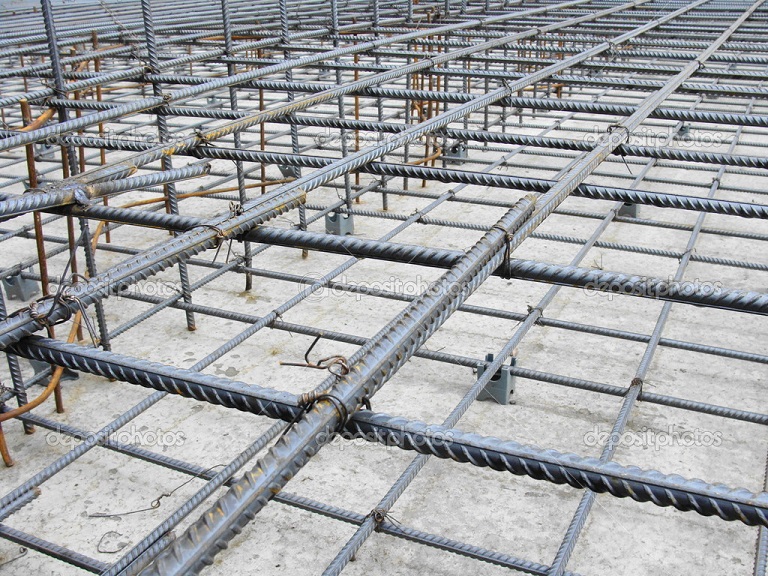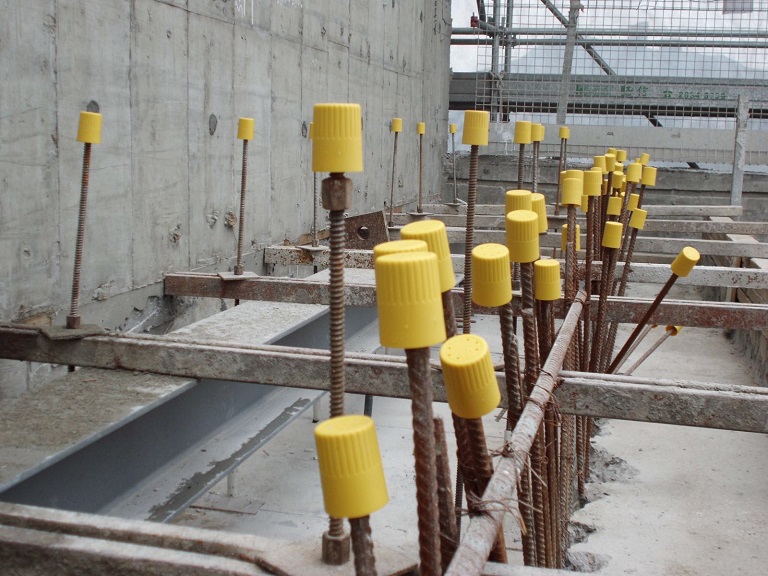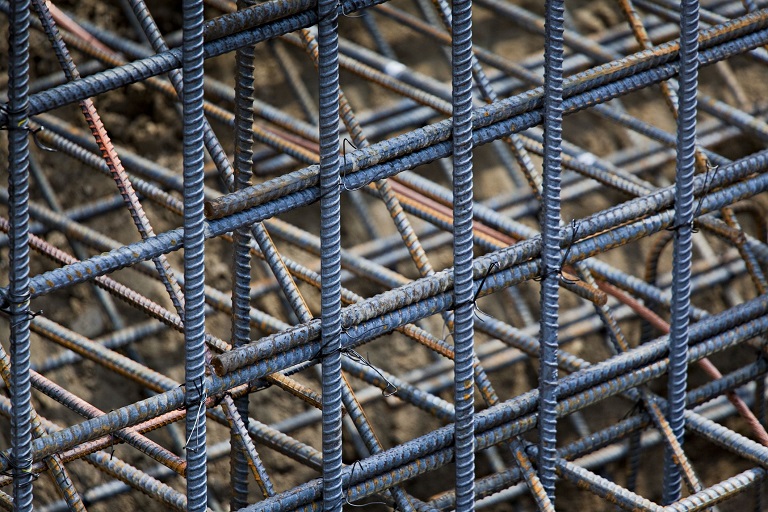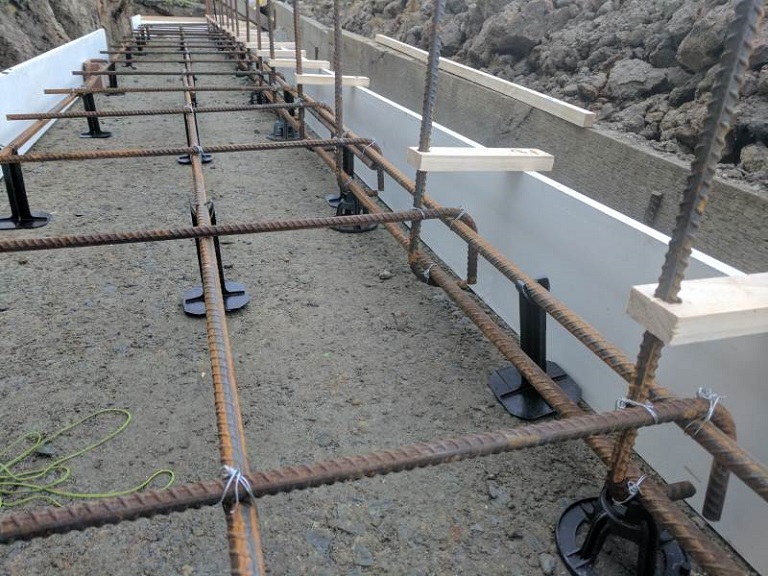Contents
Many construction projects involve the production of concrete walls, slabs, masonry walls, and so on. For that reason, these walls and slabs must be structurally strong enough to meet safety and project requirements. This is commonly done with steel reinforcement in both commercial and domestic projects, and there are many different types of steel reinforcement products for this purpose. One of the most popular types of steel reinforcement products is starter bars. Reinforcement starter bars can be used in a range of applications, depending on how they’re used and their properties. Here’s what you need to know when shopping.
What Are Reinforcement Starter Bars?

A starter bar is a piece of construction equipment used to tie slabs or walls together to another element, while offering structural integrity and lateral strength. Starter bars are generally made of steel, known as rebar, and they’re available in a wide range of lengths and diameters to suit all types of construction. Buildings and structures need to retain all of their structural integrity, at all costs. Generally, they’re single struts of steel fixed into slabs, walls and footings to add a reinforcement overlap when building a joining slab or wall. They’re spaced at predetermined intervals and can be placed vertically or horizontally from a wall or slab based on what’s being joined. Vertically installed reinforcement starter bars are relatively easy to handle, as they just stick out from the concrete. On the other hand, horizontally installed bars are more challenging, as they will require holes drilled in the right points for them to protrude.
Safety Concerns When Using Starter Bars

As briefly aforementioned, concrete starter bars are placed inside a wall or slab with one end sticking out. The part that sticks out can pose a safety hazard until the other element is constructed around it. If the bars are installed vertically, they can pose a trip hazard and be more difficult for plant machinery and vehicle operators to see. To prevent these hazards, professionals use protective caps on the exposed ends. The protective caps are typically bright colours to make them stand out. Alternatively, some people use hooked starter bars where one end of the bar is looped over to minimise accidents and injuries.
Starter Bar Types

There are different types of bars available to meet the needs of different construction applications. They can be L-shaped, straight, and as aforementioned, they can have a looped end for added safety. They’re also available in different sizes and can be custom-made to fit specific requirements. These pieces of construction equipment are available in complex systems which are used to deliver structural integrity in unusual applications. For instance, where a wall or slab is to be joined to a pre-existing element, or when holes need to be drilled into an existing element with the bars fixed in place using specialised resin. The resin is generally applied using an applicator gun before the bar is pushed into the hole with the help of a gentle screwing motion for maximum contact with the resin.
There are also screw bars, which feature a female coupler fitting on one end. When the concrete is poured, the female screwing fixing is accessible until the formers are removed. Then, the part that sticks out is screwed into position. On the flip side, there are continuation bars that feature a male coupler fitting to make connections. Typically, the female and male coupler fitting is thickened to prevent loss of structural strength.
Some starter bar systems feature metal formers that are positioned at the base to create an anchor point. Then, you’ll need a special started rebar to screw into the former before concrete is poured.
Starter Bar Uses

As I mentioned already, these bars are used in a wide range of construction applications, generally when one concrete element needs to be connected to another. For instance, you can connect walls to footings or slabs, create columns, build walls to hold back soil, and so on. It goes without saying that the process of building all of these structures is different, and hence, the bar you’ll use is different for each structure. You should look for advice from reinforcement bar suppliers to make sure you get the right bar.
Choosing the right bar will not only make the structure stronger, but will prevent issues of degradation when exposed to the elements and water. If the bars are exposed to the elements they may rust. There are other instances where exposure to the elements can be problematic. For instance, if you’re building a retaining wall to hold up soil, the soil will allow moisture onto the wall, and the connection between the footings and the wall will need to be sound. For that, you’ll need to install a drainage pipe, a geotextile layer and a clean stone. Furthermore, the vertical bars should be grouted using specialised grout to protect the bar from corrosion. That being said, as long as the structure is built properly using the right bars, they won’t fail to corrosion or any other reason.

